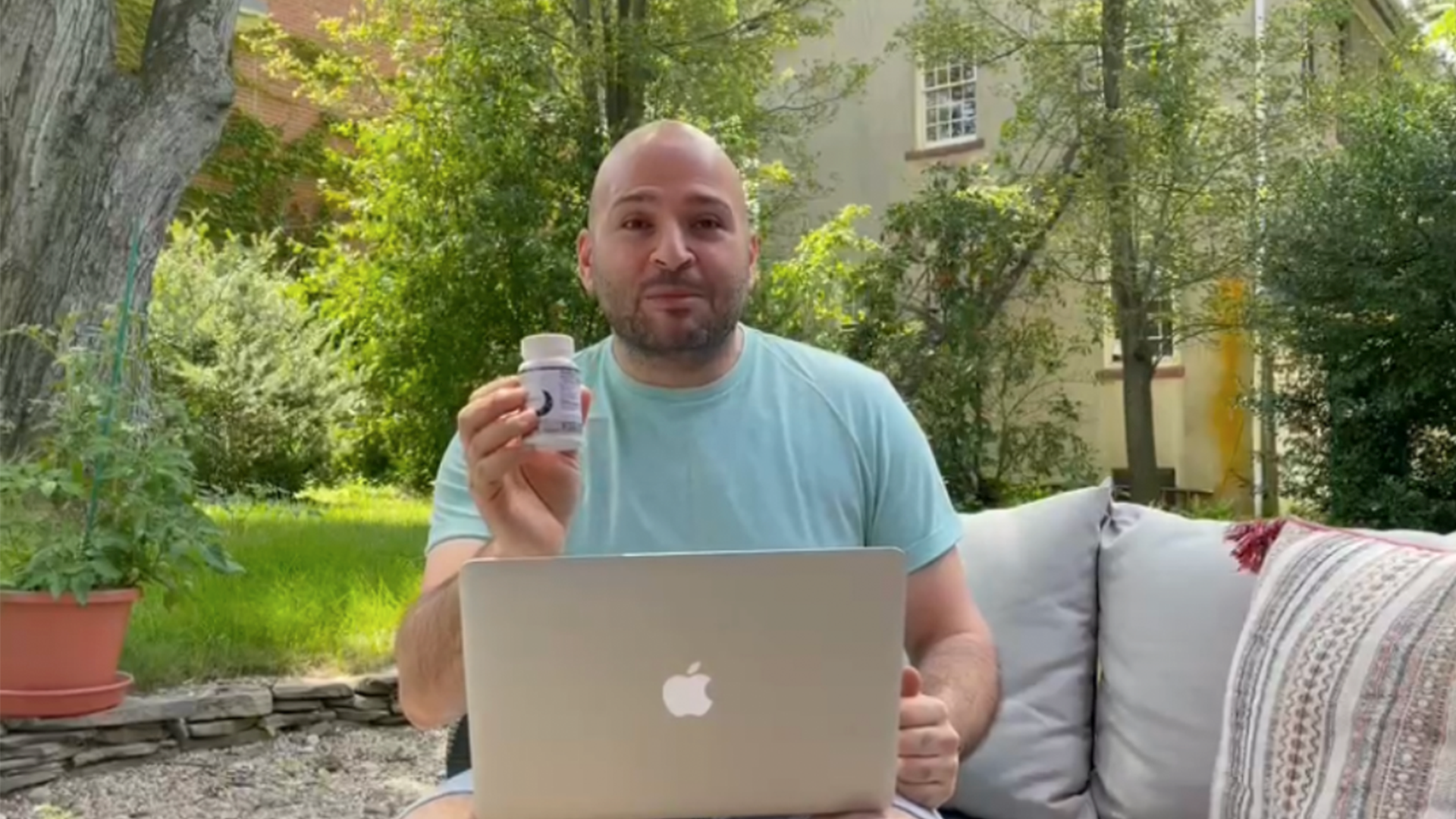Back pain is among the leading causes of disability worldwide, by some estimates affecting 60 million Americans at any given time. It is the second leading cause of doctor visits behind upper respiratory infections. And at least $50 billion is spent each year treating it.
These statistics pretty accurately reflect what I see in my own practice, too. I have patients who come in for back pain almost every single day. Some injure themselves as a result of playing sports or lifting something heavy, while others tweak their backs doing the simplest thing (such as picking a pen up off the floor or sitting too long).
One thing is clear: Back pain can be quite debilitating. This is why I encourage all my patients (especially older ones who are more susceptible to injury) to take steps to prevent it from happening in the first place.
How To Prevent Back Pain
Here are my top recommendations for protecting against injury, pulls, tweaks, and other problems that can lead to long-term back pain.
Play SuperHero
One of the best ways to keep your back injury- and pain-free is to strengthen your entire core—and this means muscles in your abdominal area and lower back.
A big mistake I see quite often is people doing crunches, sit-ups, and other ab-focused workouts, but not exercising their backs. Your abs and back are interconnected and work as a unit. No matter how strong your abdominal muscles are, they won’t protect you from injury if you have a weak back.
Yoga and Pilates are both excellent core-strengthening workouts. But if you prefer to stay in the comfort of your own home, one of my favorite exercises is called “Superman Banana.”
Start by lying on your stomach. Reach your arms straight in front of you and extend your legs behind you. Arch your back so that your arms and legs are lifted up at least six inches off the floor, or as high as you can lift them. (You should resemble Superman flying in the air.) Hold this position for five seconds. Then slowly flip to your back while keeping your arms and legs lifted. (Your body should curve slightly, like a banana.) Hold this position for five seconds. Flip back and forth for four or five sets. Do this entire sequence three times a week.
Now that you’ve got a tool to strengthen your back…let’s make sure there’s nothing in your day to day that’s going to make things worse.
Bedroom Tips
For being such a passive activity, you’d be amazed how much sleep can contribute to back pain. Here are some tips for saving your back:
Check your mattress. If you’ve had the same mattress for seven years or more, it’s time to replace it. The years of constant pressure placed on a mattress while you sleep can cause it to deteriorate and not support your weight as effectively.
Also remember that firmer mattresses tend to be better for your back. Of course, preferences vary, so if you can afford a mattress that allows you to choose the level of support you like on your side (while your partner can choose their own level), that might be a nice option.
Position properly. If you’re a stomach sleeper, you may be doing harm to your back. This position places a great deal of strain on your back because it doesn’t allow you to maintain a neutral spine position while sleeping.
Opt to sleep on your back or side, and use pillows (specially designed for side or back sleepers) to support your neck adequately.
Desk Tips
In addition to your bed, the other place that can affect your back is your desk. Sitting actually puts more pressure on your spine than standing. If possible, look into using a standing workstation. If that’s not an option, you can still take measures to protect your back while sitting at your desk.
While seated, make sure your knees are at a 90-degree angle. A footrest can also help take the load off your spine. Also, make sure your computer is at eye level. Finally, every hour, stand up and walk around for a few minutes and do a few exercises to stretch out your back and spine.
Lift Carefully
Following the correct methods for lifting and carrying objects (particularly heavy ones) can dramatically reduce the risk of injury and subsequent pain.
When lifting heavier objects, use your legs to do the majority of the work. Get as close to the object as possible, squat down, wrap your arms around it, and use your legs to stand back up. Always squeeze your core and keep your back straight.
Surprisingly, though, most of the back injuries I see come from picking up smaller, lighter objects. The sudden movement of bending down somehow tweaks a muscle in the back, and misery ensues.
Doing a squat lift may be a little excessive when picking up a dropped pencil or coin, so instead, try this:
Put all your weight on one leg. Hold onto something with the opposite hand, and slowly bend at the hip (allowing your non-weight-bearing leg to lift up behind you). Don’t twist at your waist.
Last, but certainly not least, lose excess weight. Too much weight, especially in the stomach area, puts a lot of strain on the lower back that can cause or worsen back pain.
Last Updated: June 24, 2021
Originally Published: May 1, 2015














